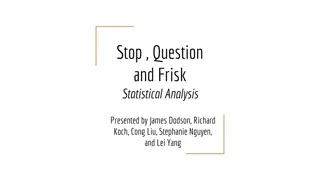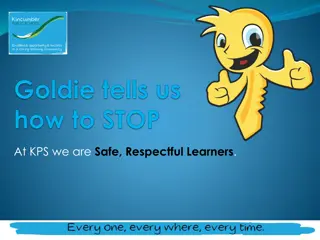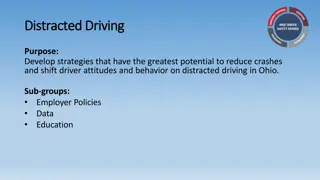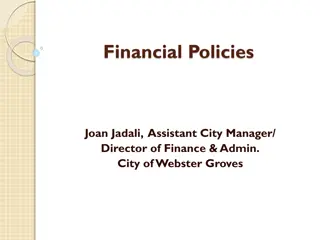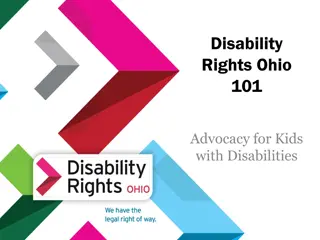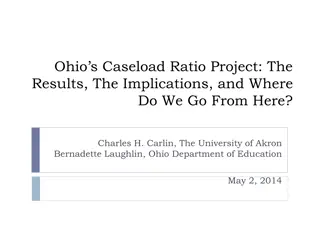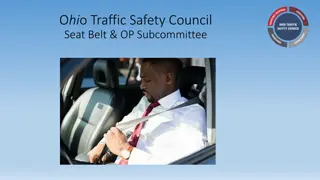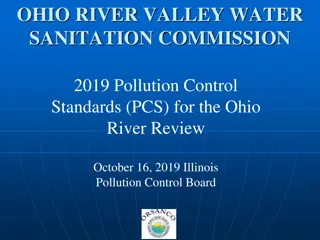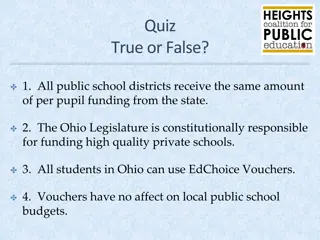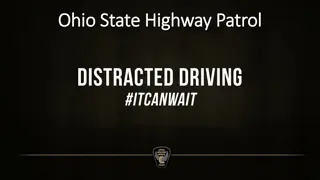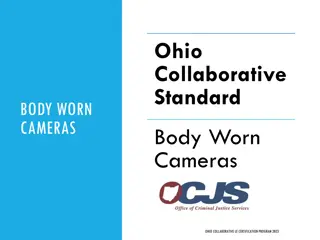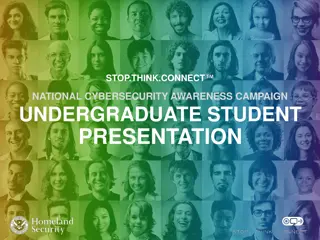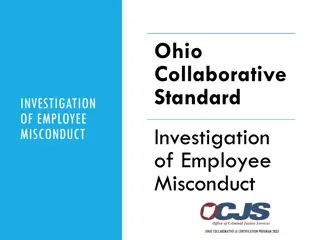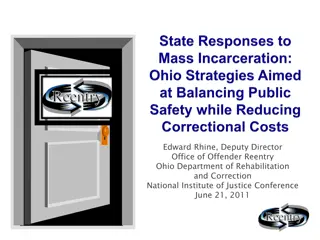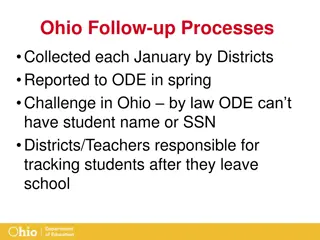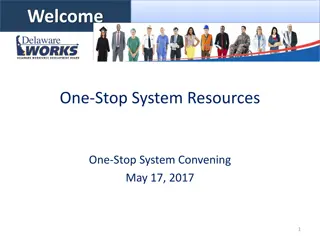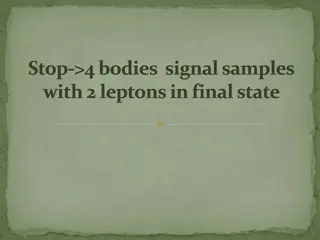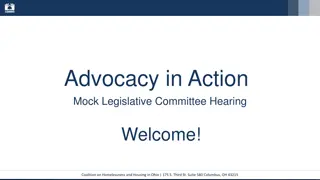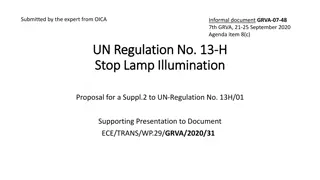Understanding Stop and Frisk Policies: Terry v. Ohio and NY City Practices
Stop and frisk procedures, exemplified in the Terry v. Ohio case, allow law enforcement to conduct brief searches for weapons when there is reasonable suspicion of criminal activity. This concept ties back to the 4th Amendment's protection against unreasonable searches and seizures. The Supreme Court has upheld the constitutionality of these stops when conducted within the bounds of reasonable suspicion, setting distinct proof standards in the legal system.
Uploaded on Sep 12, 2024 | 0 Views
Download Presentation

Please find below an Image/Link to download the presentation.
The content on the website is provided AS IS for your information and personal use only. It may not be sold, licensed, or shared on other websites without obtaining consent from the author. Download presentation by click this link. If you encounter any issues during the download, it is possible that the publisher has removed the file from their server.
E N D
Presentation Transcript
STOP AND FRISK Terry v. Ohio and NY City Stop and Frisk Policy
Last Class We Talked About. Miranda Rights False Confessions This Class We Will Talk About . Terry Stops NY Stop and Frisk
It All Comes Back to Terry Terry v. Ohio, 392 U.S. 1, 21, 88 S. Ct. 1868, 20 L. Ed.2d 889 (1968) Stop and Frisks are allowed in different circumstances than an arrest or seizure of property
Terry Facts Ohio, 1968 A plainclothes police officer saw 3 men acting strangely outside a store 2 of the men walked up and down several times looking in the same store window A 3rd man walked up, had a short whispered conversation and then walked away The police officer suspected them of casing the store to rob it He walked up to them, told them he was a police officer and patted them down outside their coats 2 of the men had guns and he arrested them
4th Amendment The right of the people to be secure in their persons, houses, papers, and effects, against unreasonable searches and seizures, shall not be violated, and no warrants shall issue, but upon probable cause, supported by oath or affirmation, and particularly describing the place to be searched, and the persons or things to be seized.
Supreme Court Holding The police officer was conducting a reasonable search Limited in scope: only the outside of the coats until he felt a gun Due to his experience, the strange way the men were acting, and the overall circumstances the police officer was reasonable in suspecting them and taking action Stop and Frisk is constitutional where there is reasonable suspicion of involvement in criminal activity
Proof Standards Highest: Conviction Middle: Warrant Lowest: Terry Stop
Proof Standards Highest: Conviction, beyond a reasonable doubt. Judge, Jury. Middle: Warrant, probable cause. Police Officer, Judge, Prosecutor. Lowest: Terry Stop, reasonable suspicion. Police Officer.
NY Stop and Frisk Policy Debate Step 1: Read articles silently to yourself.
NY Stop and Frisk Policy Debate Step 1: Read articles silently to yourself. Step 2: count off, 1-3. Step 3: meet in your groups and discuss your arguments. Group 1 is pro keeping the stop and frisk policy Group 2 is against keeping the stop and frisk policy Group 3 are the Mayors of NY City. You get to decide if the policy stays, goes, or stays but changes in some way. NOTE: This is a policy debate not just a legal one. It is important to think about the general concerns of crime and safety as well as racial profiling.
NY Stop and Frisk Policy Debate Step 4: Break up into groups of 3, 1 person from Group 1, 1 person from Group 2, and 1 person from Group 3. Step 5: Each person from Group 1 and 2 will take turns going through the arguments. At the end they will discuss if there is anyway to compromise. Step 6: After hearing from both sides the Mayors will make their decisions and explain to the class why they decided the way they did.
Real NY Case A federal judge declared the NY stop and frisk policy unconstitutional as it was targeting minorities in traditionally minority neighborhoods. The new Mayor of NY, De Blasio, decided to reform the policy in accordance with what the judge said and to settle cases pending on the issue. This does not mean that stop and frisk itself is unconstitutional but rather that the NY police were implementing it in a way that violated the constitution.
Seattle Seattle also deals with this issue. Have you, or do you know someone who has been stopped by the police? What did they do? What did you do? Federal Department of Justice recently investigated Seattle Police for unconstitutional policies and practices. How will the ruling in NY affect Seattle s use of stop and frisk?


